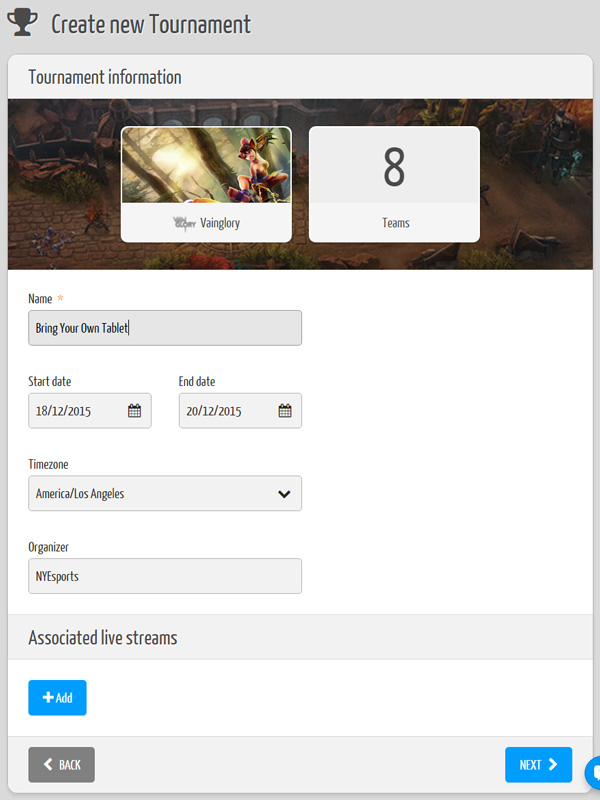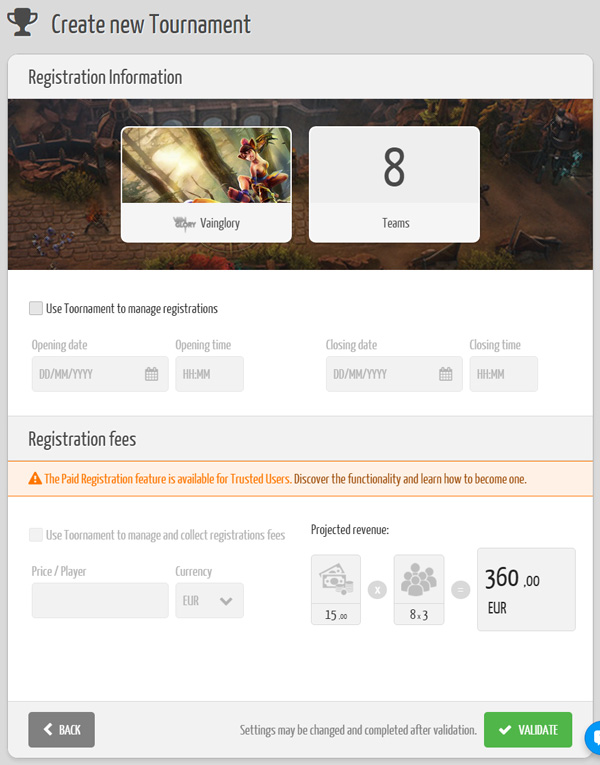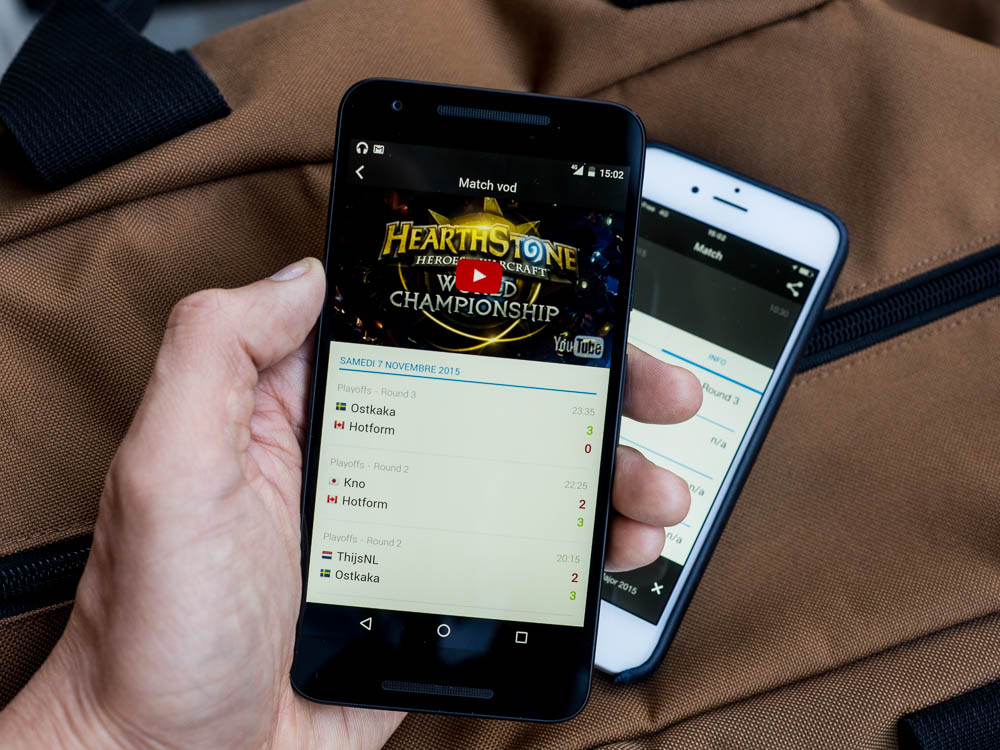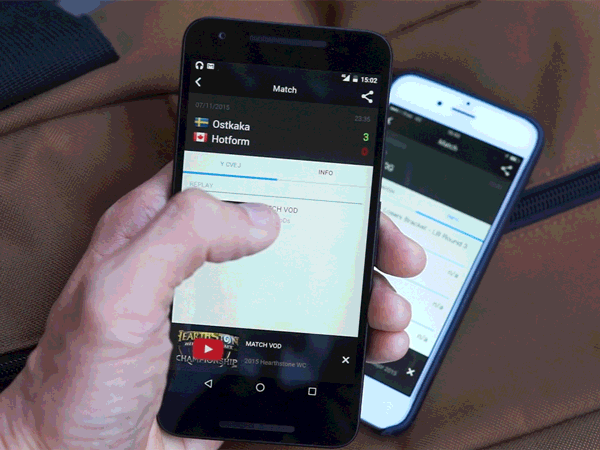How on the heels of our API first version, we’re happy to expand our API possibilities, with Write functions!
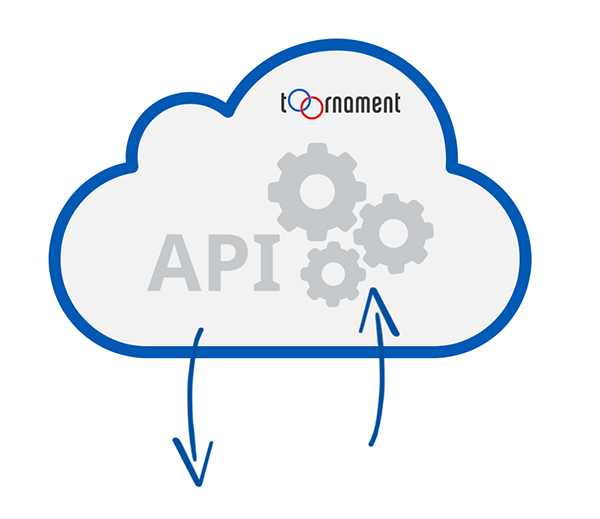
The two headlines are “oAuth 2″ and “Write functions” for matches.
oAuth 2
The oAuth 2 protocol is now available in our API, enabling authorized-type access. OAuth 2 is an authorization protocol that enables applications to gain a limited access to user data on an HTTP service.
For more information and details on oAuth 2, please check our dedicated page.
Here are the new accesses you can get:
- Your tournaments, whatever their status (public or draft)
- Your tournaments private data (privates notes, participants custom fields and schedules)
Write functions for matches
The first Write functions implemented into our API are match-focused. You can now update:
- Games and matches information
- Games and matches scores and results
For more information and details on Matches function, please check our dedicated page.
What’s next ?
We’re prepping more Write calls, such as: participants, tournaments, structures.
Next? You tell us. Which features and functions would like be added next? Let us now in the comments or on our twitter account, we’re all ears!

